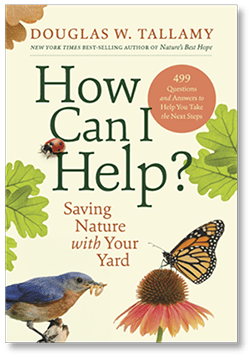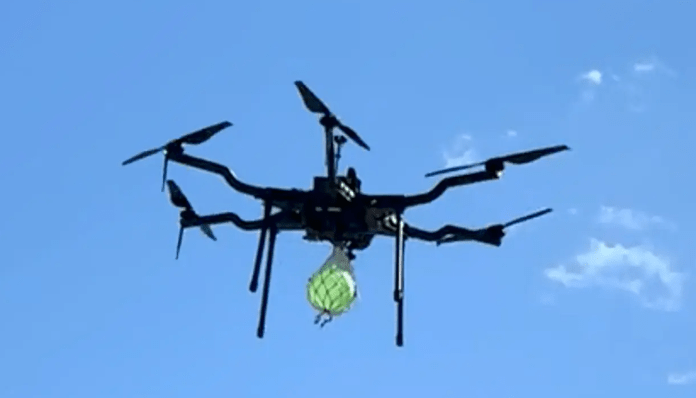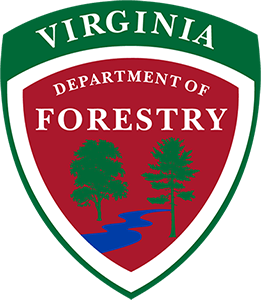New Book from Doug Tallamy Provides 400+ Answers to “How Can I Help?”

University of Delaware entomologist Prof. Douglas Tallamy has a new book out from Timber Press. Tallamy, who wrote the Foreword for UME’s 2nd edition of “The Woods in Your Backyard,” has helped spearhead the native plants movement through “Bringing Nature Home” and other books. His latest, entitled “How Can I Help? Saving Nature with Your Yard,” discusses the importance of ecological balance while answering 499 of his most asked questions.
Tallamy recently chatted with the Associated Press about his decades-long research, his new book, and what he’s planning next. Read the interview here.
Are Drones the Future of Fighting Wildfires?
As wildfires have become more frequent and more destructive, 30 teams worldwide are competing to design solutions that detect and suppress high-risk wildfires in 10 minutes or fewer, before they can grow deadly. One of those teams, called “Crossfire,” consists of University of Maryland students and faculty. Recently, they demonstrated a drone system that detected smoke from a pallet fire. The drone lifted off, flew above the fire, and dropped an air-bursting water balloon — all without an operator guiding it. Learn more in this article from Maryland Today.

MD DOT Announces Grant Awards for Community Tree Plantings
In April, the MD Department of Transportation announced the award of more than $26,000 in state funding to support tree plantings in 12 communities across the state. The Urban Tree Program grants are part of a competitive program that focuses on increasing vegetation in areas impacted by the construction of transportation facilities, helping to clean the air, enhance community resilience and support the urban tree canopy.
This round of funding will add 757 new trees across the state towards the goal of planting five million trees by 2031.The Department also announced that it is accepting applications through July 15 for the next round of funding.
Maryland Transportation Secretary Paul J. Wiedefeld noted that the department “is proud to fund the state's beautification with planting more White Oak, Blackgum, Eastern Redbud and other native trees.”
Virginia DOF Offers Ash Tree Treatment Cost-Share Program

The Virginia Department of Forestry (DOF) announced the return of a cost-share program designed to help protect the state’s ash trees from the invasive emerald ash borer. Starting in 2018, the Emerald Ash Borer Treatment Cost-Share Program, supported through the state’s invasive species funding, has reimbursed the costs for more than 2,400 ash treatments statewide. Landowners and organizations – including municipalities, non-profits, educational institutions and homeowner associations – can apply for the program until June 13. The program can help landowners and organizations offset up to 70% of costs for treatment of ash trees through stem injections with emamectin benzoate insecticide. Payment may not exceed $10.50 per inch diameter at breast height or $2,000 in cost-share payments to landowners or $10,000 in cost-share payments per organization. A DOF forester must inspect candidate trees before a program application can be submitted. Find a DOF forester at this website.
Branching Out, Vol. 33, no. 2 (Spring 2025)
Branching Out is the free, quarterly newsletter of the Woodland Stewardship Education program. For more than 30 years, Branching Out has kept Maryland woodland owners and managers informed about ways to develop and enhance their natural areas, how to identify and control invasive plants and insects, and about news and regional online and in-person events.